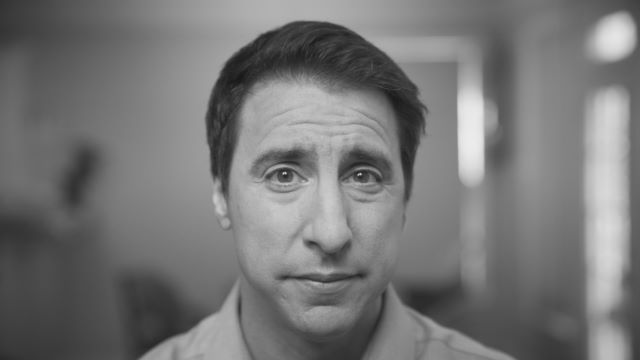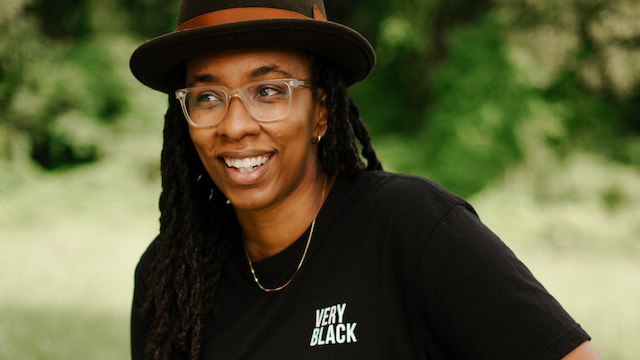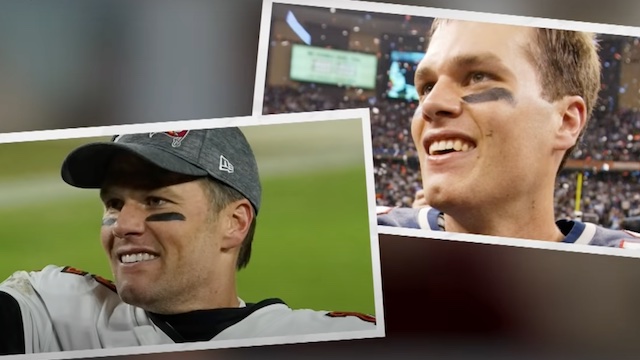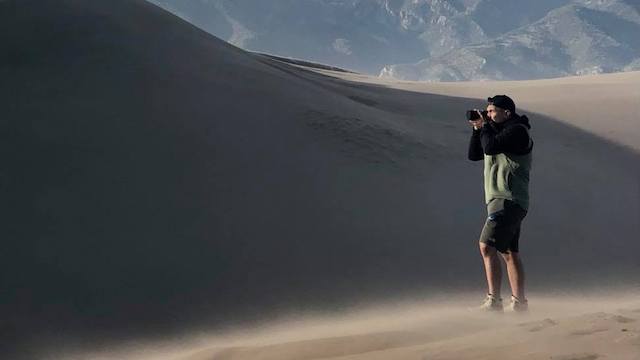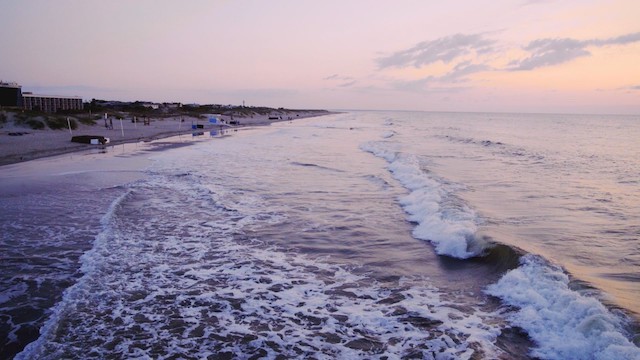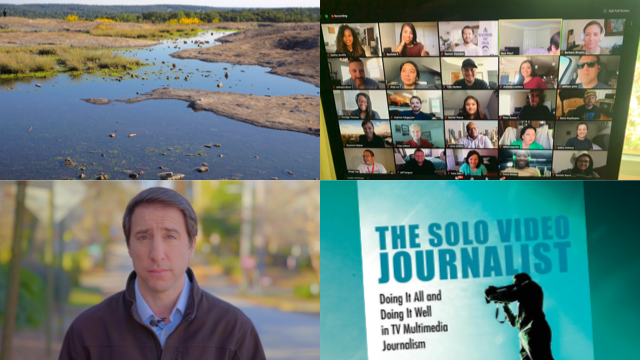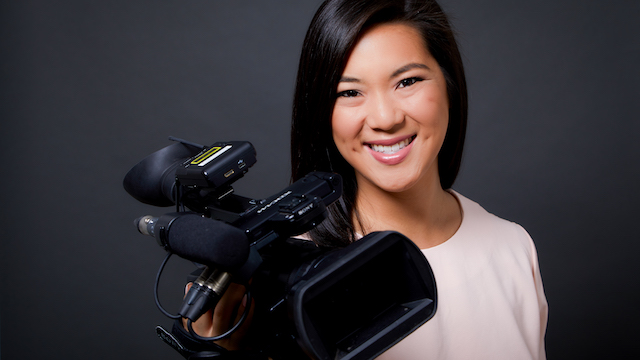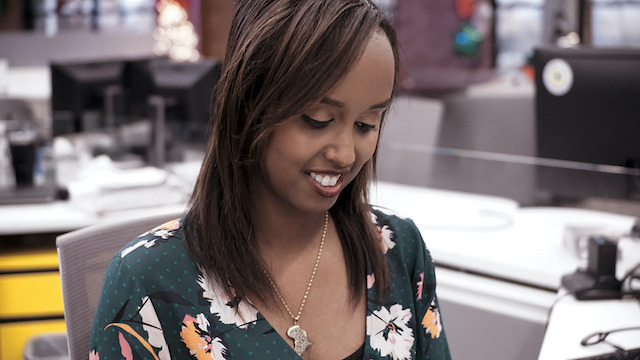Remember the days when we used to scoff at a Skype interview?
They really weren’t too long ago. Less than a year, if we’re being specific. And we can be specific, because any video storyteller knows exactly when the rules changed and dictated new ways we’d all be required to do our jobs.
These days, when I turn on my station’s evening newscasts, the majority of interviews are done over Zoom. When I watch some of the most innovative storytellers at stations across the country, I often see a new definition of a two-camera interview. One camera focuses on the reporter facing a computer monitor. The other isn’t even a camera; it’s a screen recorder.
In most cases, these look like limits. I have refused to stow away my camera during the COVID-19 pandemic, preferring to shoot stories and interviews whenever possible, but I recognize the difficulties in doing so. I can’t put a lavaliere mic on my interview subjects, and I can’t get within six feet of another human being. I’m not allowed to shoot stories indoors, which means I’m especially grateful to work where winter temperatures rarely dip below freezing. But rain and wind can hinder a shoot, and I can’t control it.
Yes, there’s plenty we still can’t do.
But I’m constantly reminded, including during Super Bowl coverage this past week, of what we can do – and what we could have done before the pandemic but never did.
(more…)
